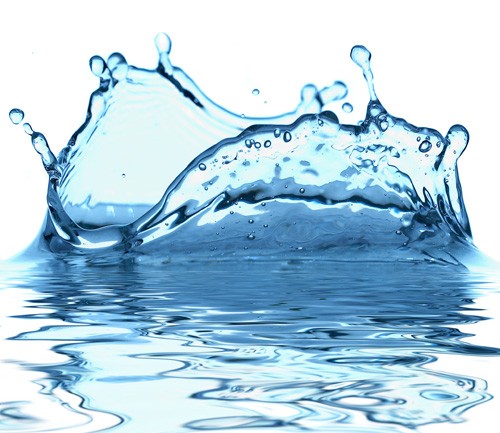I live in the Pacific Northwest at the doorstep to Washington’s wine region. I enjoy wine and have gained a much greater understanding of the wastewater challenges facing winery operators. Winery wastewater streams can be very difficult to treat as the flows and concentrations swing widely and for a small winery, the treatment costs can be substantial.
The optimal approach for a winery is to not focus solely on the wastewater but consider all aspects of the winery and what I like to call the “Winery Water Cycle”. This type of evaluation considers the wine making process, the wastewater treatment system and the discharge or reuse requirements as an integrated water cycle. Each step effects the other and cannot be evaluated without fully understanding how changes will effect the other.
INTEGRATED APPROACH
One of the keys to a successful water management plan is the adoption of an integrated approach. An integrated approach considers the relationship between each step in the winery water cycle and incorporates site specific operations, treatment design and environmental compliance standards.
Winery operations
Minimize the generation and decrease the strength of wastewater through modifications and improvements in process steps and analysis. Enhanced winery operations with lead to water savings and lower operational costs.
Wastewater Treatment
The treatment system should operate to minimize water discharge volumes and operating costs while achieving high quality standards required to reuse the treated water in a variety of applications at the winery. Treatment systems that meet reuse quality standards operate more efficiently and at lower costs.
Water recycling or discharge
Incorporating a site wide recycling and reuse program will reduce potential environmental impacts and lower costs through more efficient water use. Improvements to the wastewater treatment system, water reclamation steps and conservation measures all contribute to the stated goals.
PLANNING PROCESS
The planning process will consider the winery’s water cycle and the operational aspects related to each step in the cycle. This approach establishes a holistic treatment process that utilizes the best available and cost effective technologies to recycle water streams or treat wastewater generated from the winery. The result is the development of an overall water management plan that considers the interactions of each phase of the winery’s operations while minimizing costs and preserving the integrity of the wine making process.




